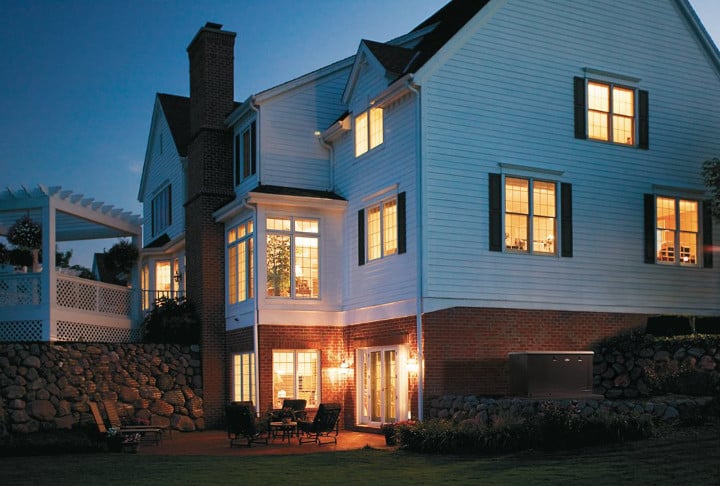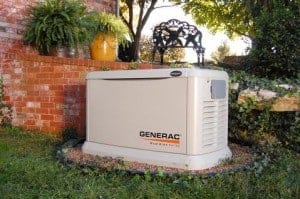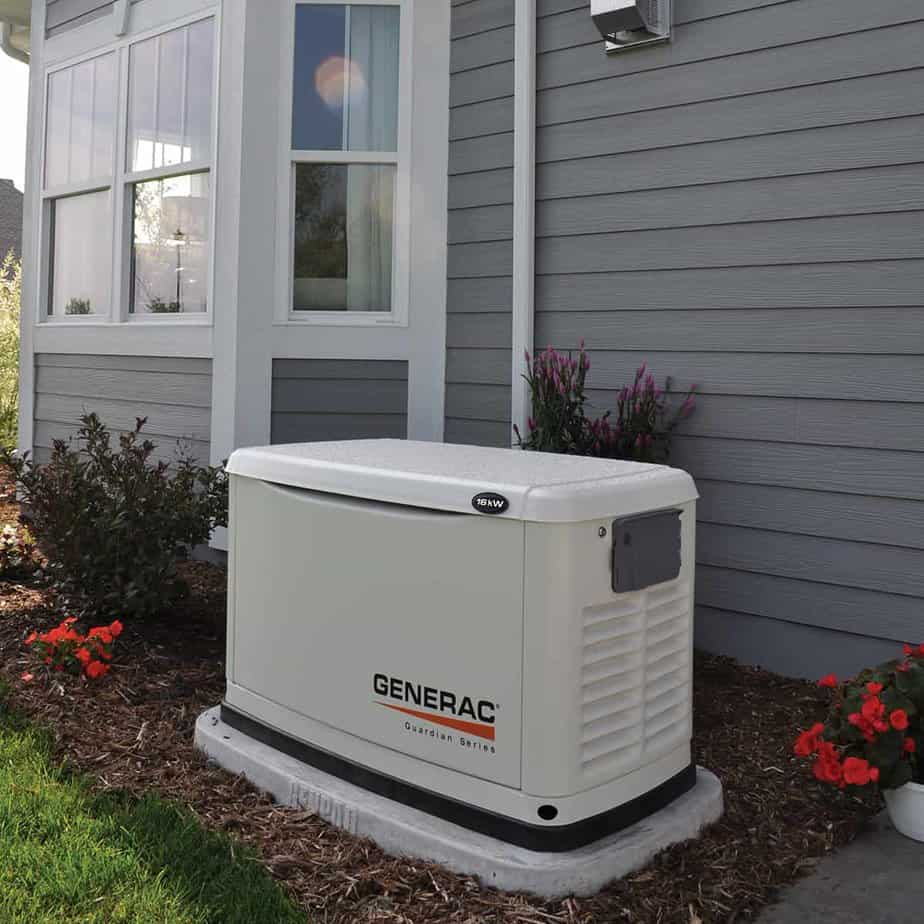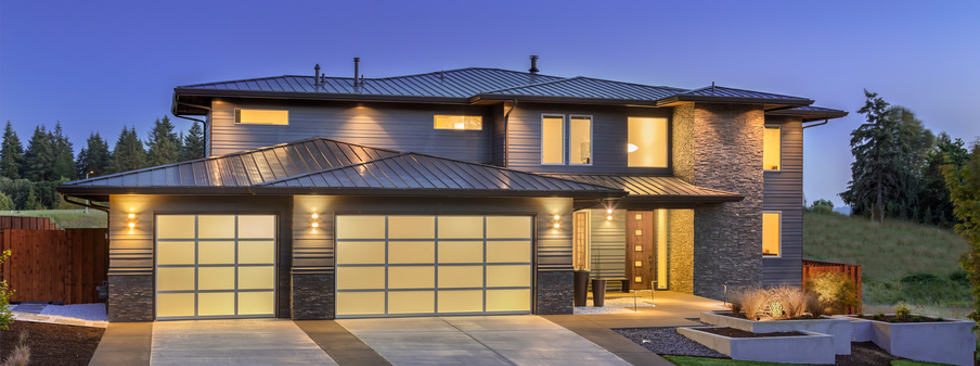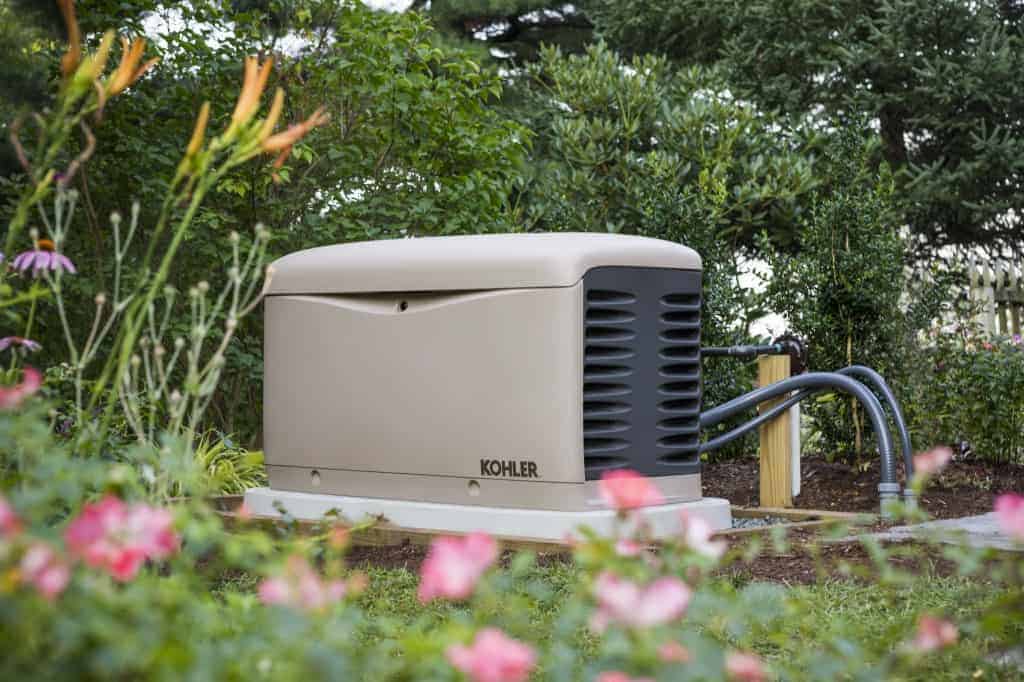Managing Power from Your Home Backup Generator

Two types of generators supply power to a home during a power outage. A standby generator is permanently installed in conjunction with a automatic transfer switch. If utility power is interrupted, the generator starts and the transfer switch automatically supplies the home with electrical power. Portable generators can supply power two ways―through a manual transfer switch or through extension cords that connect directly to appliances.
Generator Capacity
The amount of work done by electricity is measured in watts or kilowatts, an expression of power. Generators are rated by the amount of power they are capable of producing. Capacity is often expressed with two numbers: continuous power and surge power.
When motors start, a large inrush of current for a few seconds gets the motor running. The inrush current quickly tapers off as the motor attains its running speed. Inrush current on some motors is as high as six times the running current. The surge capacity of a generator allows it to supply enough power to start a heavy-duty motor even when the generator is already running near capacity.
Most appliances without motors such as toaster ovens, light bulbs, and hotplates don’t require an inrush current to start, but there are a few exceptions such as microwave ovens.
Managed Power
Some automatic transfer switches can manage power for appliances that draw large amounts of power to ensure each one is allowed to run. One example is when two central air conditioners are used to keep a home cool. Although the generator might have the capacity to run both generators at the same time, it may not have the reserve power to start both of them at exactly the same moment.
A managed power system ensures that only one high-demand appliance is allowed to start at any given time. This prevents overloading the generator. Some systems are capable of managing up to six high-demand appliances.
More sophisticated systems can remember how much power it takes to start a motor. These systems check power usage and only allow an appliance to start if there is enough power available.
Effectively Manage Standby Power
A busy household can push a standby generator and automatic transfer switch to its limits. If long-running appliances are keeping the generator at or near it’s maximum continuous capacity, other high-demand appliances may not have the power to start and run. If this is the case, you may need to help out the transfer switch and generator with some power management of your own.
For example, you’re doing everyday household chores and notice it is getting warm in the house because the air conditioner has not run. You stop the washing machine, dishwasher, and electric dryer, and a few minutes later the air conditioner starts. An automatic transfer switch with power management built in can do this automatically, but those without cannot.
It is possible that devices that don’t use a much power by themselves, such as a washing machine, might cause other appliances such as an electric hot-water heater to use more power.
Portable Generator Power Management
Portable generators connect to manual transfer switches that don’t have power management options. It is up to you to manage your power. The first step will happen during installation of your manual transfer switch when you choose which circuits you will supply with power. While you are using generator power, you may have to turn off certain circuits to ensure others get a chance to run. A strategy of allowing first one large appliance to run, then another might be necessary.
You can devise various strategies to help manage power at different times of the day. Only using hot water early in the morning may allow you to run the air conditioner all day, or you may have limit use of the electric clothes dryer to once every few hours. Keep the circuits that are essential supplied with power and run less important circuits only as needed or when extra power is available.

